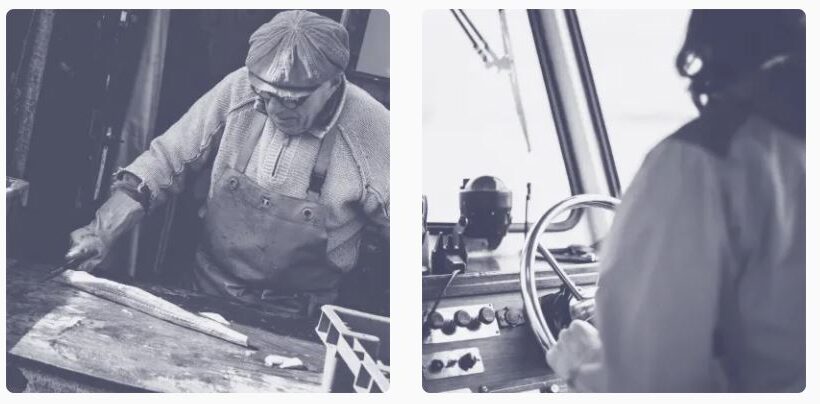The sector’s role in the regional economy and its global market position is at risk. Today, supply chain businesses face multiple constraints.
- The competition from countries such as Norway and Chile is strong.
- The supply of skilled workforce is decreasing.
- Frictions in the knowledge transfer between academia and practice hamper clear routes to commercialize innovations and new technologies.
- The public perception of the sector’s environmental impact and its ability to respond to climate emergency challenges is tilted towards the negative.
Actors in the Scottish Aquaculture ecosystem voiced the need for more open and transparent communication, for efforts to create a more conducive regulatory context, or for more shared infrastructure and assets (training facilities, knowledge, and data, buildings, equipment, technical capabilities, branding, etc. )

